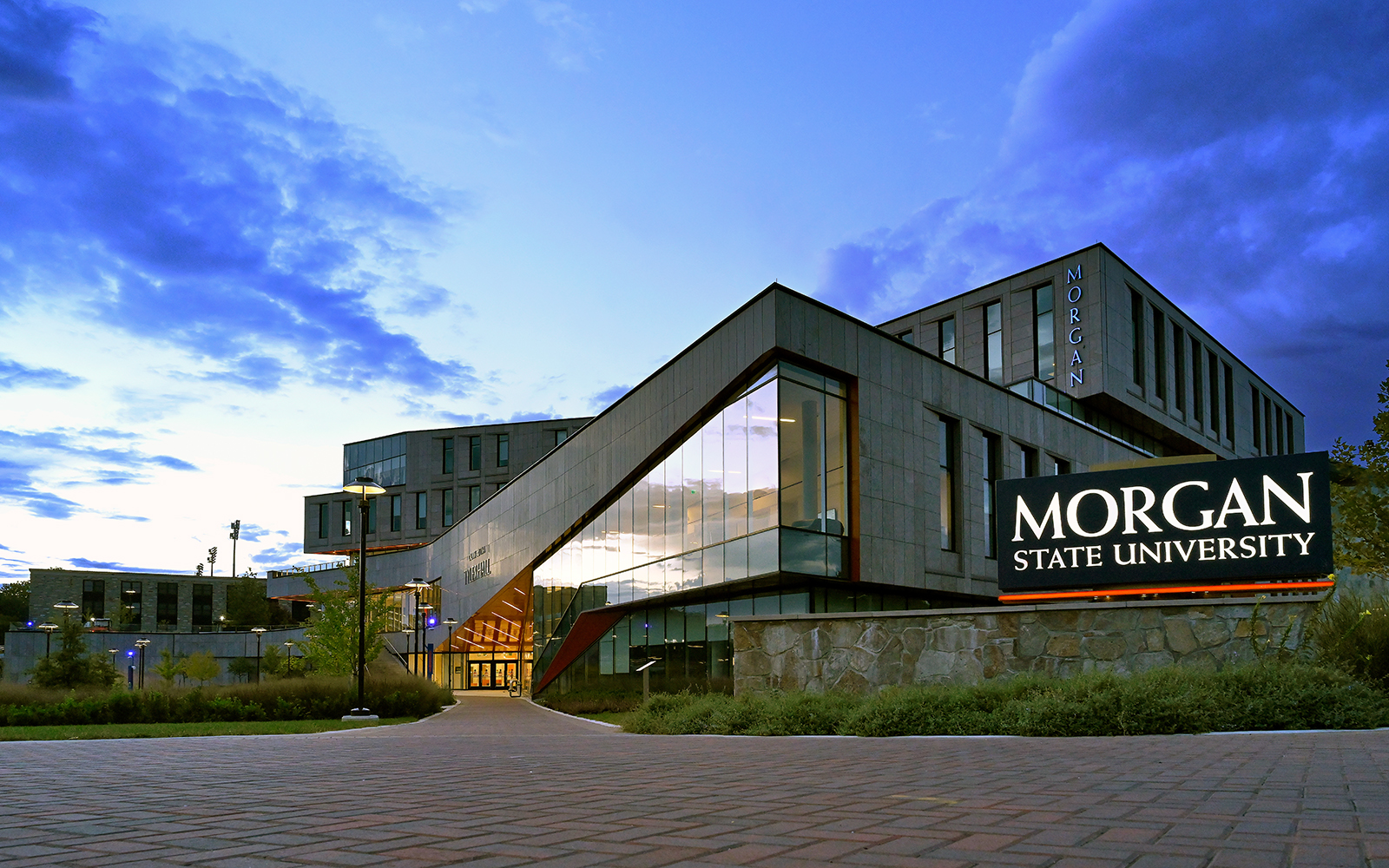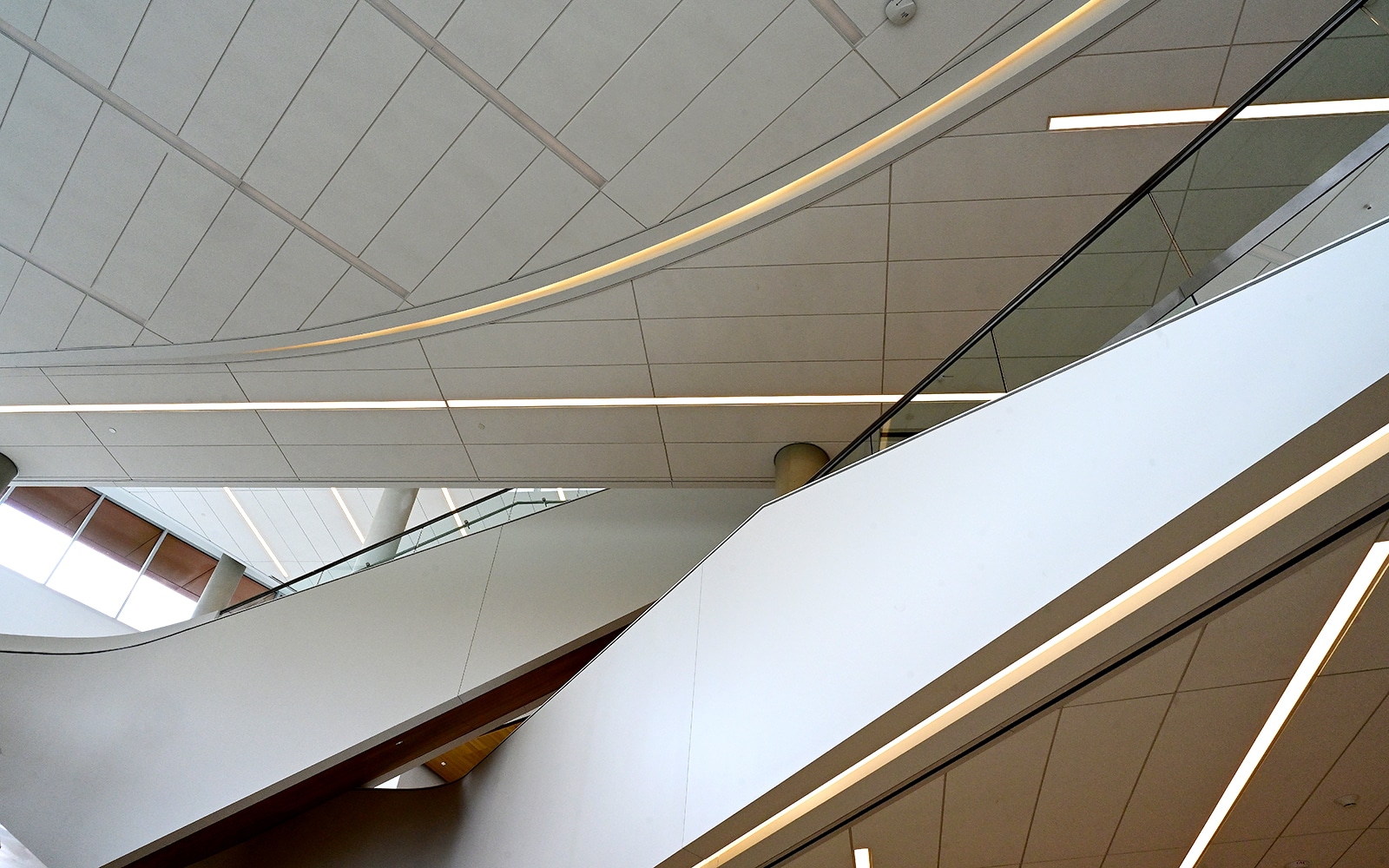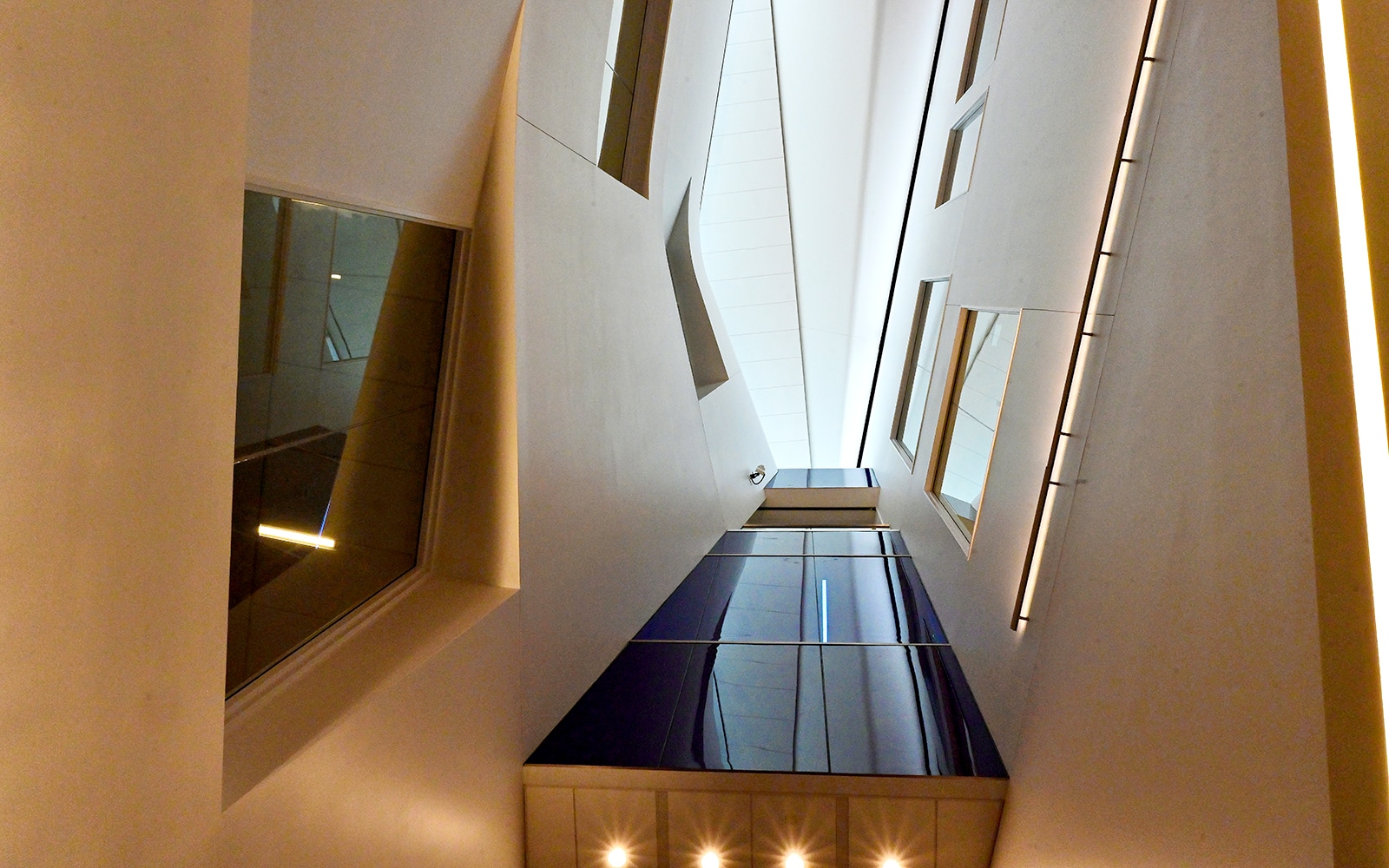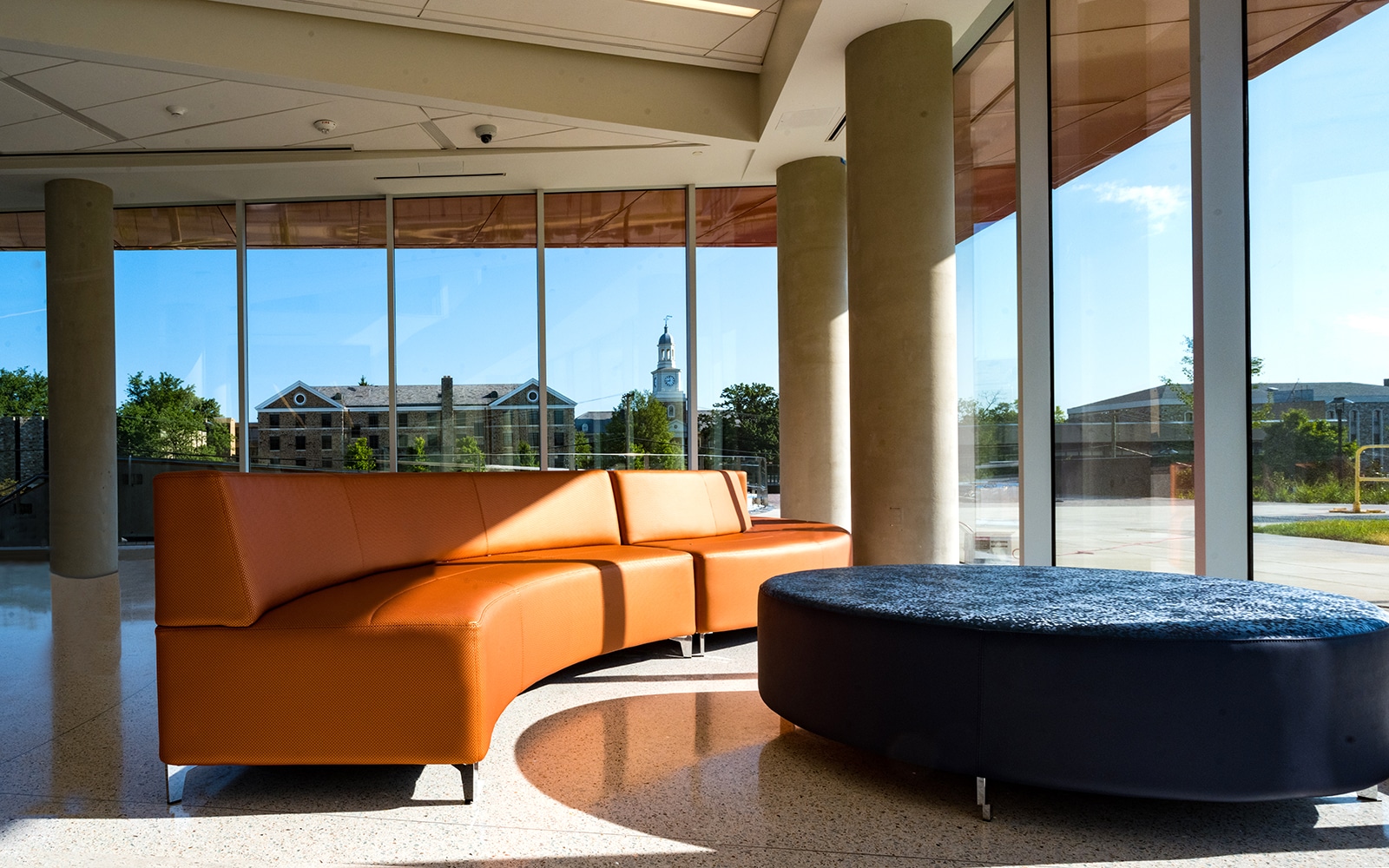|
Getting your Trinity Audio player ready...
|
As a little girl, Kim McCalla dreamed of building “cities that sparkled.” So it seemed fortuitous when she moved to Maryland and found roads made from glassphalt–a mixture of asphalt and broken glass.
“At nighttime, or when the sun hit it, it would sparkle,” she says. “I thought, ‘Oh, there are my sparkling streets!’”
Since then, McCalla has spent nearly 40 years helping the city of Baltimore shine. After working on Oriole Park from start to finish, completing projects at several nearby colleges, and renovating the city’s convention center, aquarium, and Camden Station, she was noticed by two senators.

“I received a phone call, and they said, ‘Can you please go to Morgan? We need some help over there,’” she says.
Since that call in 2008, she has been the associate vice president of facilities, design, and construction management at Morgan State University (MSU). Construction and maintenance at the historically Black college and university (HBCU) have been nonstop, especially since the pandemic began. Her team just opened a 670-bed residential building that has an attached dining facility and is working on a 600-bed building next door.
They are also constructing a 150,000-square-foot health and human services building, opening a 20,000 square-foot public safety building, designing a 250,000-square-foot science building, preparing to tear down an aging building to allow for the construction of a new building to house a school of osteopathic medicine, and acquiring 59 acres a short distance from campus and from the city of Baltimore for further development.
“So we’re busy little beavers,” the AVP says. “I feel like the Energizer Bunny some days.”

On top of that, they are renovating residential buildings, replacing steam lines, tackling a lighting project, getting ready to redevelop parking areas, working to arrange the quad landscaping to open up the space for other functions, and finding ways to integrate wellness initiatives into the buildings. They’ve designated spaces and installed equipment for physical fitness into residential and academic buildings alike.
“That way people who have been cooped up can walk on a treadmill while looking out over a park,” she says. “It’s about pressing pause, taking a mental break, and taking care of their body and mind.”
McCalla notes, however, that it’s rare for women—especially Black women—to be offered positions like hers. “I am likely one of the few African-American women in [this type] of role,” she says.

The responsibilities are significant: in her work in Baltimore prior to coming to Morgan State she oversaw about $600 million worth of development, and since she’s been at the university they’ve completed (or have in progress) just over $1 billion in projects, with another $1.4 billion planned over the next 10 years. “It is my honor to be entrusted with this responsibility,” she says.
McCalla explains that she couldn’t get this massive list done without consistent, willing collaboration from architects, contractors, various campus departments, the president of the university, the Baltimore community at large, and, of course, her team.
“I have a great staff,” the executive says. “They work hard, and I’m very proud to work with them.”

McCalla sets her team up for success by “leading from behind.” It’s all about providing the next generation of project managers with the tools, training, and opportunities necessary to grow into their role, giving them the confidence to step forward on their own, and helping them when there’s been a misstep.
“If you made an error or if there are problems you do not know how to handle, I don’t care how bad it is,” she says. “Let me know as soon as possible, and we will work together to fix it.”
She teaches them to not only be truthful with her, but true to the campus, considering the most natural, intentional spots for new buildings. The placement and planning of buildings is especially important at MSU. In 2016, the university was designated a national treasure by the National Trust for Historic Preservation.

As such, McCalla and her team are always considering how they will restore and preserve historic buildings while blending modern buildings into the fabric of the campus. Sometimes that looks like using salvaged stones from legacy buildings, sometimes it’s about going back to original paint colors, and sometimes McCalla finds herself dragging an architect to the median of a six-lane street.
“I wanted them to see how the sun hit a particular traditional building,” she says. “The stone had some sparkle, so I wanted to find a way to capture that in the material of the new modern building.”
McCalla still finds herself looking toward what shimmers—but her interpretation of the aesthetic has changed since she was a glitter-loving youngster. “My ‘sparkly’ has evolved into high-tech buildings that light up the skyline,” she says.
It’s become not only about how things catch the light, but how they catch the hearts and minds of people on campus. “I can affect the way the campus looks and make it a beautiful, fun place that inspires people,” she says. “And make it so inviting that it puts us on the map to say ‘Hey, we’re not just an HBCU, but a university that is meant to be out there and respected.’”


